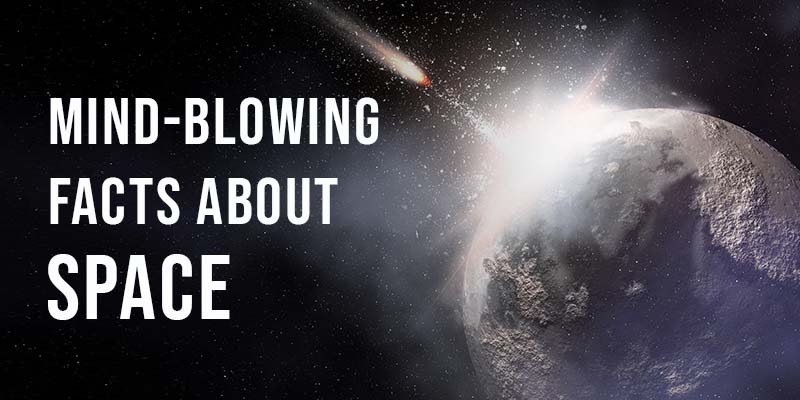
When you look up at the stars, what do you think about? That we may not be alone? The vastness of it all?
There’s a lot to wonder about space. The fact is we don’t know all the answers about it.
We know it’s vast and beautiful, but we’re not really sure how vast (or how beautiful, for that matter).
Some of the things we do know, however, are downright mind-boggling. Below, we’ve collected some of the most amazing facts about space. So, when you look up at the stars you can be even more wowed by what you’re looking at.
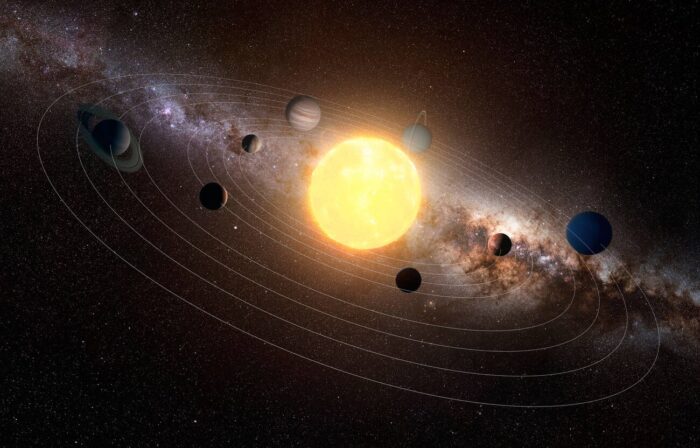
The sounds range from ambulance-like screeches to beeps reminiscent of an alien spaceship making its approach.
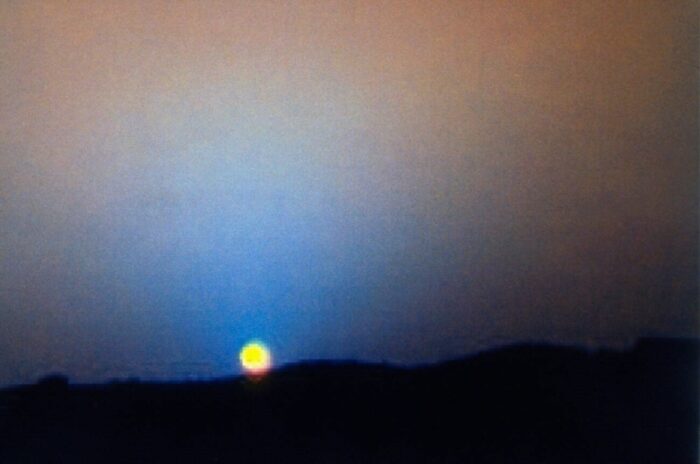
The Curiosity Mars rover’s first colour photograph of a sunset in 2015 revealed a surprising twist — sunsets on Mars are blue.
NASA said this is because “dust in the Martian atmosphere has fine particles that permit blue light to penetrate the atmosphere more efficiently than longer-wavelength colours,” like yellow, orange, and red.

Space is full of junk like used rocket parts and dead satellites. These objects continue to orbit Earth at about 17,500 mph — 10 times faster than a speeding bullet.
The Space Surveillance Network (SSN) keeps track of how much debris is out there and who’s responsible for it. The SSN is currently tracking 23,000 objects larger than a softball.
Space junk is dangerous because one collision could trigger a chain reaction of objects hitting each other, resulting in a thick cloud of debris that would make space travel extremely dangerous. This kind of disaster, called the Kessler effect, was the premise of the 2013 movie Gravity starring Sandra Bullock and George Clooney.
The US is responsible for the most space junk with 3,990 pieces of debris as of March 28, 2018. Russia is responsible for 3,959 pieces of debris, followed by China with 3,893.
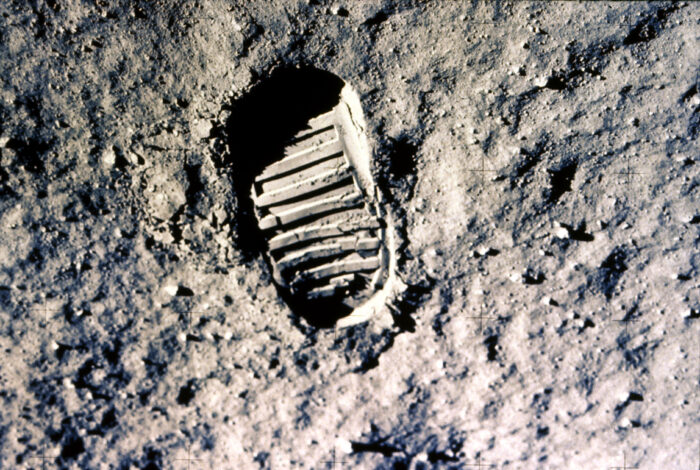
Since the moon doesn’t have an atmosphere, there’s no wind or water to erode or wash away the Apollo astronauts’ mark on the moon. That means their footprints, rover-prints, spaceship prints, and discarded materials will stay preserved on the moon for a very long time.
They won’t stay there forever, though. The moon is still a dynamic environment. It’s actually being constantly bombarded with “micrometeorites,” which means that erosion is still happening on the moon, just very slowly.
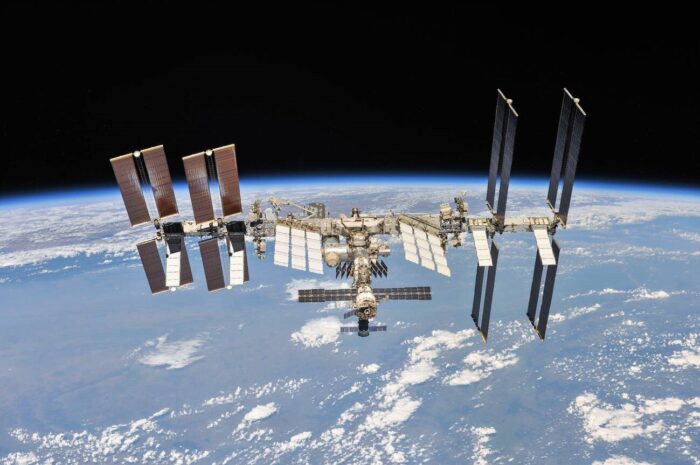
The International Space Station is 357 feet long, just three feet short of an American football field. It weighs 925,000 pounds and is the largest single human-made structure to ever enter space.
The ISS has been visited by 230 people from 18 different countries to conduct research and carry out missions.

According to a new study, there are tens of thousands of black holes at the center of the Milky Way galaxy.
Black holes are impossible to detect on their own because light can’t escape from them. But when paired with a star, they interact in a way that allows scientists to find them using X-rays.
The study posits that the center of the Milky Way contains hundreds of black holes paired with stars and 10,000 isolated black holes.

David Kornreich, an assistant professor at Ithaca College, said that number is probably much too low because more galaxies will likely be discovered as technology improves.

Next in line on our list of fun facts about space are Moon allergies. Apollo 17 – while not as famous as Apollo 11, is noteworthy for many reasons.
It was the last mission of Apollo. ore rock samples were brought back than ever before; it brought the first – and only – professional scientist to the moon. This man was Jack Schmitt, a geologist, whose rock samples helped unlock secrets of the Moon’s magnetic field and volcanic history.
He was also allergic to moondust: a gritty, sticky powder that clung to his spacesuit and – later – his skin. For two hours after taking his helmet off, he experienced irritation in his sinuses and nostrils, eyes and throat.
This condition was consistent with the predictions of a NASA medical doctor, who suggested moondust might cause allergic responses.

There is a discovery so amazing that its almost mind-blowing: everything science has been studying these past 350 years is but a minor contaminant of the Universe.
Only about 4.9% of the mass-energy of the Universe is atoms: the kind of stuff you, me, the stars and galaxies are made of (and, of that, only half has been spotted with telescopes).
About 26.8% of cosmic mass-energy is invisible dark matter, revealed because it tugs with its gravity on the visible stuff.
Candidates for what makes up dark matter include hitherto unknown subatomic particles and black holes made in the Big Bang.
But, in addition to dark matter there is dark energy, accounting for 68.3% of the mass-energy of the Universe.
It’s invisible, fills all of space and is accelerating cosmic expansion. And our best theory – quantum theory – overestimates its energy density by a factor of one followed by 120 zeroes!
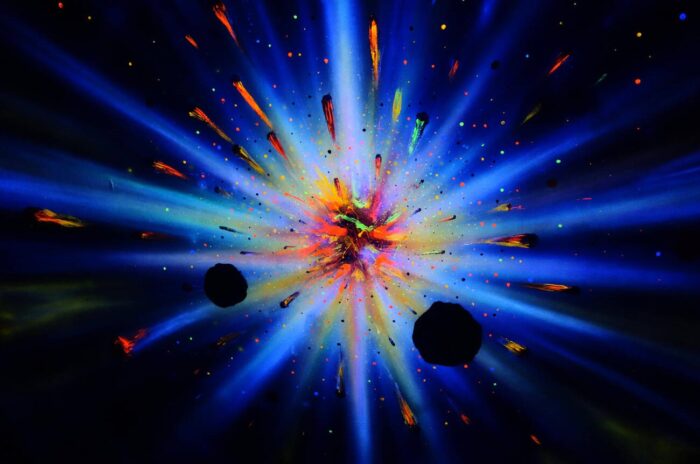
The Universe has not existed forever. It was born. 13.82 billion years ago all matter, energy, space – and even time – erupted into being in a titanic fireball called the Big Bang.
The fireball began expanding and, out of the cooling debris, there eventually congealed the galaxies – great islands of stars of which our Milky Way is one among an estimated two trillion. This, in a nutshell, is the Big Bang theory.
Whatever way you look at it, the idea that the Universe popped into existence out of nothing – that there was a day without a yesterday – is utterly bonkers. But that is what the evidence tells us.
An immediate question arises: what happened before the Big Bang?
The reluctance to face this awkward question is why most scientists had to be dragged kicking and screaming to accept the idea of the Big Bang.
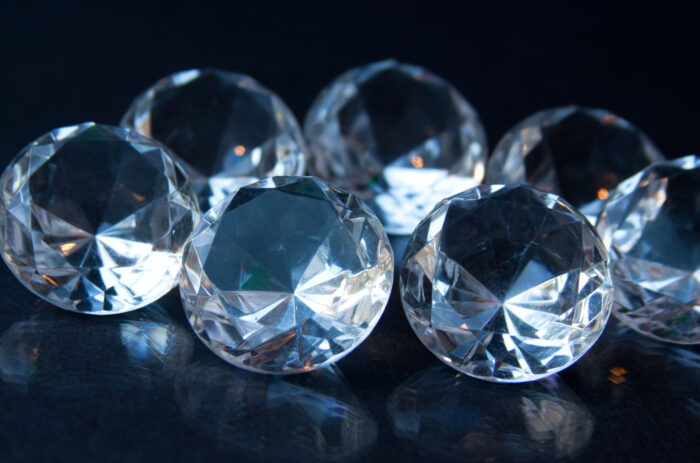
Let us plan a trip to this planet. After all, you’ll be getting diamonds that cost millions of dollars on our planet. Unfortunately, we can’t go to this planet as it is 40 light-years far away from earth or 380 trillion km which is impossible to traverse with today’s technology.
Graphite and diamond are most likely present on this “super-earth,” also known as 55 Cancri e. This exoplanet has an estimated mass of 8.63 Earth masses and a diameter of roughly twice that of the earth, making it the first super-Earth identified.
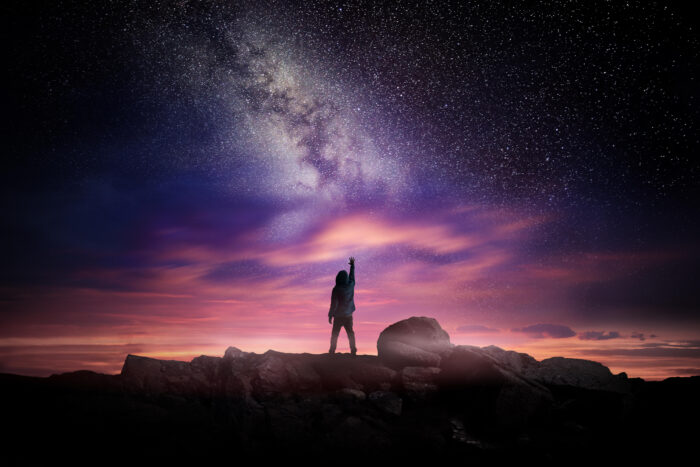
1 septillion stars in the Universe. And probably more planets than stars. Yet in all this immensity there is only one place we know of where life exists: Earth.
Despite searches for intelligent signals, no sign of intelligent extraterrestrial life has been found. In fact, there is a good argument that if such life-forms exist out there, not only should we see signs of them but they should already have come here.
“Where are they?” the physicist Enrico Fermi famously asked. Some astronomers think the answer is we are alone, that someone has to be the first.
But the absence of evidence is not evidence of absence. It took three billion years for us to go from single cells to complex life, which suggests taking this step is hard.
Technological civilisations like ours may be rare and their lifetimes short; we may have missed any others by millions or billions of years. The other alternative is that the nearest one may simply be too far away for us to detect.
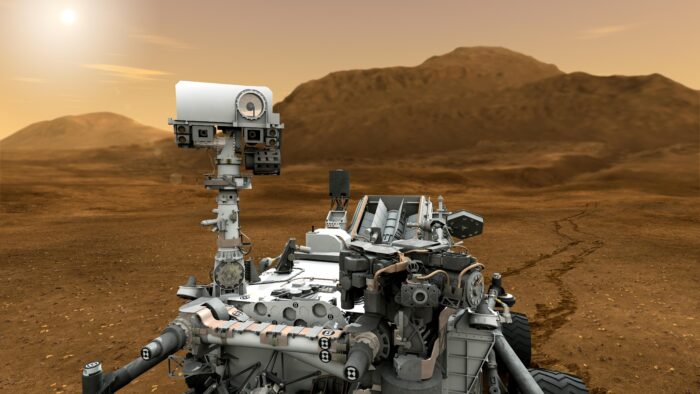
We reported on this news last year, but it is one of the most interesting facts about space that humanity has been dreaming of for decades. NASA’s Mars Rover has the following goals:
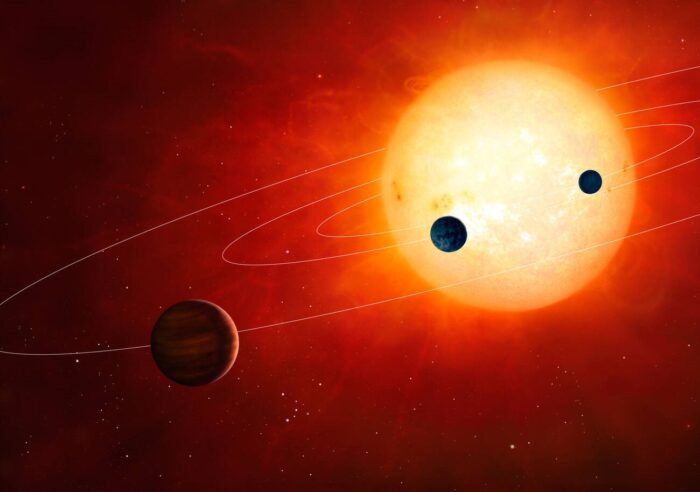
Our star, the sun, is so dense that it accounts for a whopping 99 percent of the mass of our entire solar system.
That’s what allows it to dominate all of the planets gravitationally.
When the sun dies, it will become a red giant and envelop the Earth and everything on it.
But don’t worry: That won’t happen for another 5 billion years.

Navigation will be weird when Polaris stops being the North Star in about 13,000 years. In case you didn’t know, Earth’s axis goes through a motion called “precession.”
It means that the planet’s axis will change, and trace out the shape of a cone–even if it’s ever so slow. When this occurs, it takes around 26,000 years for the axis to trace out a complete cone shape.
To add to this, Polaris, the Earth’s current “North Star” will eventually begin to shift positions as the Earth undergoes precession.
Speaking of space-facts, can we create artificial gravity or is there such a thing? Please leave your thoughts in the comments below.
Raza has been writing since 2008, be it fiction, poetry, or articles on science, politics, and history. He believes that words can change the world, and he uses them to inspire and empower people through his writing. When he is not working, he is watching nature documentaries or playing with his cats.